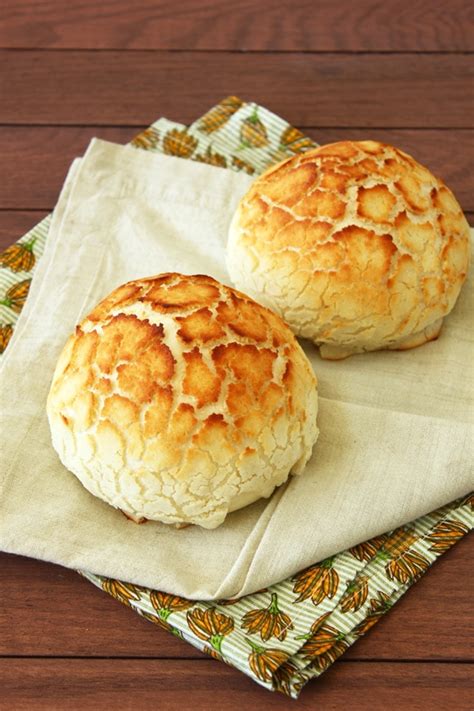The Dutch Roll That Will Wow Your Guests
The Dutch Baby pancake, also known as a German pancake or Bismarck pancake, is far from your average breakfast treat. This oven-baked pancake puffs up dramatically in the oven, creating a delightfully airy and tender interior with subtly crisp edges. Its impressive presentation alone makes it a showstopper, but the delicious, custardy texture and the simple elegance of its topping options will leave your guests truly wowed. This isn't just a pancake; it's an experience.
What Makes a Dutch Baby So Special?
Unlike traditional pancakes cooked on a griddle, the Dutch Baby relies on the heat of the oven to create its signature puffed-up form. The batter, a simple blend of eggs, flour, and milk, is poured into a hot, buttered cast-iron skillet and baked until golden brown and beautifully risen. This method results in a pancake that's simultaneously light and rich, with a delicate texture that's hard to replicate with other methods. The combination of the oven's even heat and the cast iron's heat retention is crucial for achieving that perfect rise.
Beyond the Basics: Mastering the Dutch Baby Technique
The key to a truly impressive Dutch Baby lies in the details. Here's a breakdown of essential techniques to ensure your pancake is a masterpiece:
1. The Importance of a Hot Pan:
Preheating your cast-iron skillet in the oven is paramount. A screaming hot pan is what allows the batter to rise dramatically. Don't skip this step! Aim for at least 425°F (220°C) for optimal results.
2. The Right Batter Consistency:
The batter should be smooth and slightly thick, not runny. Over-mixing can lead to a tough pancake, so gently combine the ingredients until just combined. A few lumps are okay.
3. Baking Time & Doneness:
Baking time will vary slightly depending on your oven, but generally, a Dutch Baby needs 20-25 minutes to bake until golden brown and puffed. It will deflate slightly as it cools, but it should still retain a lovely height.
4. Serving Suggestions:
The beauty of the Dutch Baby lies in its versatility. A simple dusting of powdered sugar is elegant enough, but you can also elevate it with:
- Lemon and powdered sugar: Classic and refreshing.
- Fresh berries and whipped cream: A delightful combination of sweet and tart.
- Caramel sauce and pecans: Rich and decadent.
- Fruit compotes: A sophisticated and flavorful addition.
Frequently Asked Questions (PAA) about Dutch Babies
Many people wonder about specific aspects of making a Dutch Baby. Let's address some common questions:
Can I use a different type of pan?
While a cast-iron skillet is ideal for its heat retention, you can use a heavy-bottomed oven-safe skillet. However, the results might not be as dramatically puffed.
What if my Dutch Baby doesn't rise?
Several factors can affect the rise: the oven temperature wasn't hot enough, the batter was too thin, or the pan wasn't sufficiently preheated. Ensure you follow the recipe precisely and preheat your pan thoroughly.
Can I make the batter ahead of time?
It's best to make the batter fresh and bake it immediately for the best results. However, you can prepare the ingredients separately and combine them right before baking.
How do I store leftovers?
Leftover Dutch Baby can be stored in the refrigerator for up to 3 days. Reheat gently in a low oven or microwave.
Conclusion: Impress Your Guests with this Culinary Delight
The Dutch Baby pancake is more than just a recipe; it's a culinary performance. With its impressive rise, delicate texture, and versatile topping options, it's guaranteed to impress even the most discerning palates. Mastering the technique may take a little practice, but the rewarding results will make it worth the effort. So, gather your ingredients, preheat your oven, and get ready to wow your guests with this truly special pancake.

